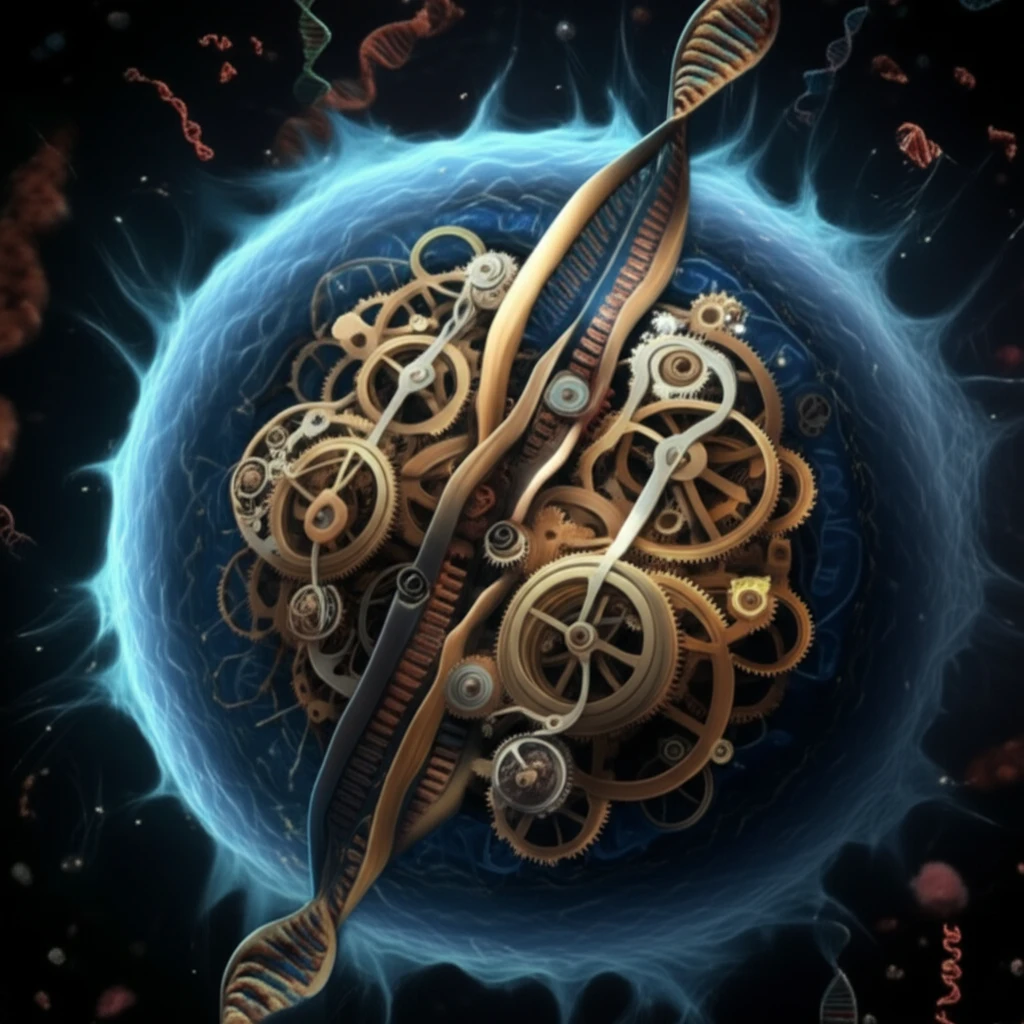
Decoding Cell Division: How ESCO2's Timing Impacts Our Health
"Unraveling the mysteries of ESCO2 degradation and its critical role in preventing genetic errors during cell division."
Cell division, a fundamental process of life, ensures the faithful transmission of genetic information from one generation of cells to the next. This intricate dance involves precise choreography of numerous proteins, one of which, ESCO2, plays a pivotal role. Recent research published in Current Biology sheds light on how the timing of ESCO2 degradation is meticulously regulated, impacting the accuracy of cell division and potentially preventing developmental disorders.
Sister chromatid cohesion, the process of holding duplicated chromosomes together until the appropriate moment of separation, is crucial for accurate chromosome segregation. This cohesion is mediated by a ring-like protein complex called cohesin, whose proper functioning depends on the acetylation of its SMC3 subunit. ESCO1 and ESCO2, two acetyltransferases, are responsible for this crucial modification.
While ESCO1 is present throughout the cell cycle, ESCO2 appears specifically during the S phase, the period of DNA replication, and is then degraded. The Current Biology article delves into the mechanisms that govern ESCO2's rise and fall, revealing the involvement of the MCM complex, the CUL4-DDB1-VPRBP complex, and the anaphase-promoting complex (APC).
Why is ESCO2's precise timing so critical for healthy development?

The research highlights that ESCO2, unlike ESCO1, directly interacts with the MCM complex, a crucial component of the DNA replication machinery. This interaction ensures that ESCO2 is recruited to the correct locations on the chromosomes during S phase, precisely where and when cohesion needs to be established.
- ESCO2 and MCM Complex: ESCO2 physically interacts with the MCM complex on chromatin, ensuring its precise location during DNA replication.
- MCM Complex Protection: The MCM complex protects ESCO2 from proteasomal degradation during the S phase, allowing it to function properly.
- CUL4-DDB1-VPRBP Interaction: The CUL4-DDB1-VPRBP complex interacts with ESCO2 in the late S/G2 phase, marking it for degradation after DNA replication.
- APC Involvement: The CUL4-DDB1-VPRBP complex, along with APC, promotes ESCO2 degradation, preventing cohesion errors.
Why does ESCO2 need to be removed at the right time?
The findings suggest that precise timing of ESCO2 is crucial for preventing errors in chromosome segregation. By ensuring ESCO2 is active only during S phase and then degraded, the cell avoids the creation of excessive or misplaced cohesion, which can lead to aneuploidy (an abnormal number of chromosomes) and developmental abnormalities such as Roberts syndrome.
